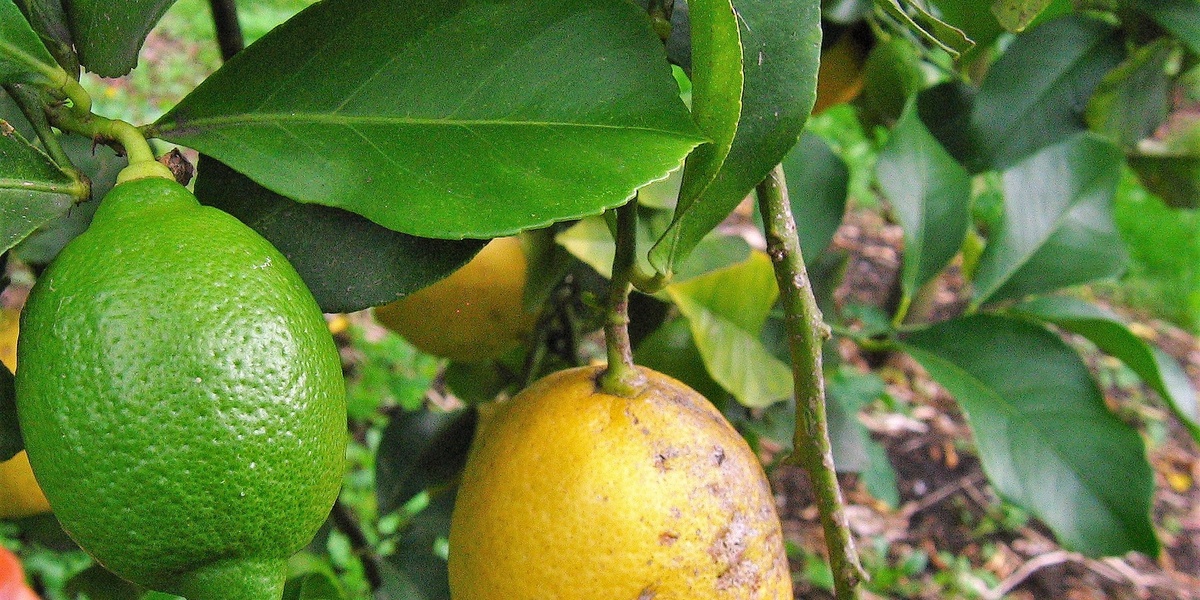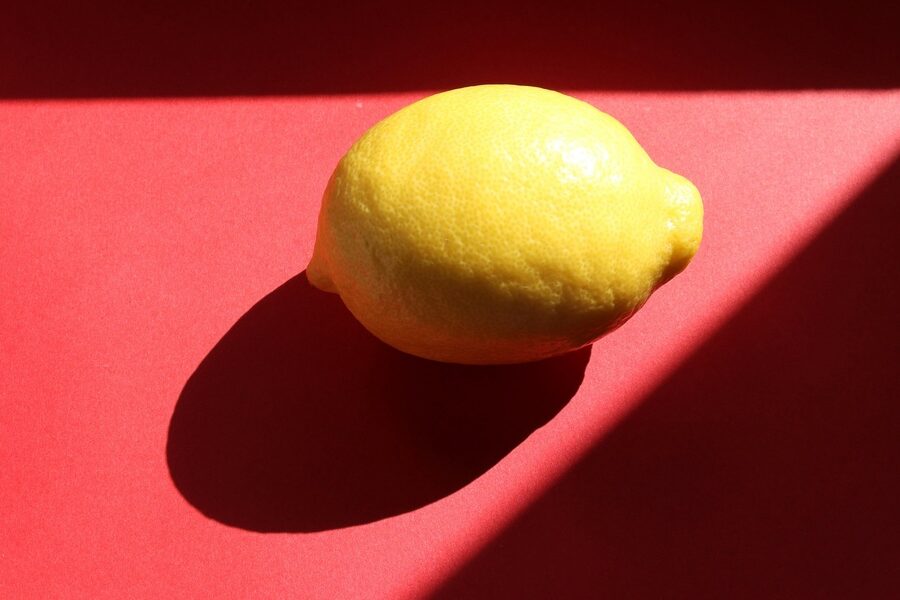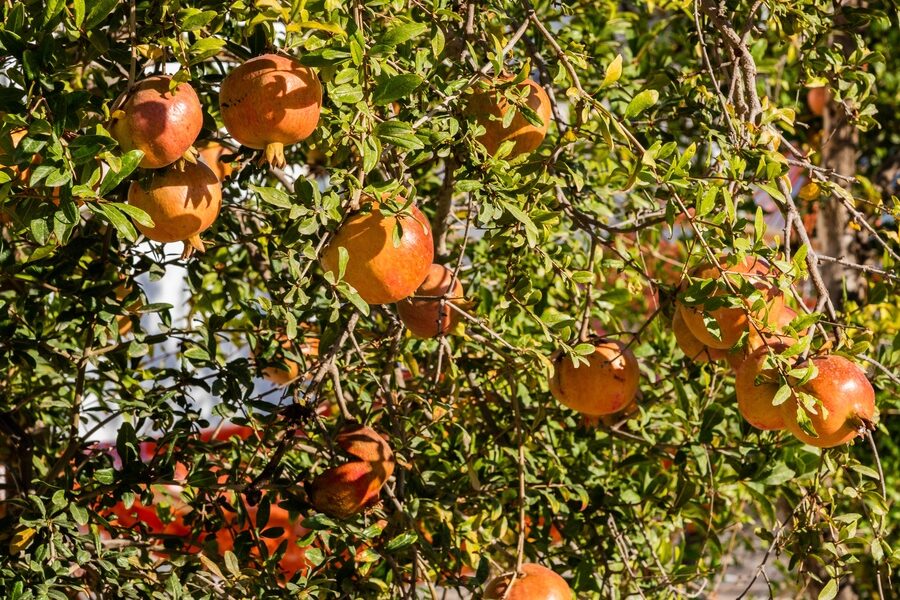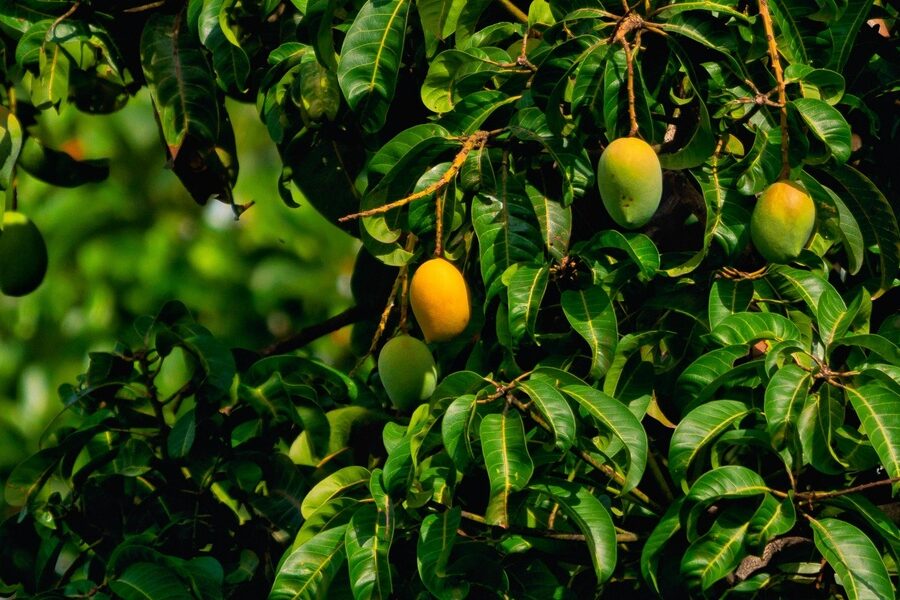Monaco’s tiny geography hides a surprising variety of local produce: from sheltered terraces to coastal gardens, growers take advantage of mild Mediterranean air and careful urban agriculture to cultivate sweet and savory fruits that suit the principality’s taste and tables.
There are 18 Fruits of Monaco, ranging from Almond to Strawberry. For each item the data is organized as Scientific name,Peak season (months),Where found so you can quickly see what it is, when to enjoy it, and where it’s grown or sold — you’ll find below.
When are these fruits at their peak in Monaco?
Peak months vary by species, but many temperate favorites ripen in late spring through summer; the table below lists exact peak season (months) per fruit so you can plan visits or purchases around freshest availability.
Where can I see or buy these fruits locally?
Look to farmers’ markets, street stalls near the Port and Condamine, specialty grocers, and occasional farm-gate sales; the “Where found” column highlights specific neighborhoods, markets, or estates that regularly offer each fruit.
Fruits of Monaco
| Name | Scientific name | Peak season (months) | Where found |
|---|---|---|---|
| Lemon | Citrus limon | January-May | La Condamine Market, from nearby Menton |
| Fig | Ficus carica | August-October | Local gardens, La Condamine Market, roadside stalls |
| Olive | Olea europaea | October-December (harvest) | Local groves on the Riviera, specialty shops |
| Apricot | Prunus armeniaca | June-July | Markets, sourced from nearby Provence and the Var |
| Peach | Prunus persica | June-August | La Condamine Market, from nearby valleys |
| Cherry | Prunus avium | May-June | Markets, from the hills behind the coast |
| Muscat Grape | Vitis vinifera | August-September | Local markets and vineyards |
| Strawberry | Fragaria × ananassa | April-June | Markets, especially from Carros near Nice |
| Melon | Cucumis melo var. cantalupensis | June-September | All local markets, from nearby Provence |
| Persimmon | Diospyros kaki | October-December | Local gardens and markets |
| Loquat | Eriobotrya japonica | April-May | Private gardens, some market stalls |
| Pomegranate | Punica granatum | September-November | La Condamine Market and local gardens |
| Clementine | Citrus clementina | November-February | All local markets, from the region |
| Bitter Orange | Citrus × aurantium | January-March | Lining streets, specialty producers |
| Kiwi | Actinidia deliciosa | November-January | Local markets, from Riviera producers |
| Quince | Cydonia oblonga | September-October | Older gardens and specialty market stalls |
| Plum | Prunus domestica | July-September | Markets, from nearby orchards in Provence |
| Almond | Prunus dulcis | June-July (fresh) | Markets and specialty shops |
Images and Descriptions

Lemon
The famed Citron de Menton is prized for its bright, less acidic flavor. It’s a star in local desserts, drinks like limoncello, and savory dishes, defining the region’s culinary identity.

Fig
Sweet, luscious figs grow abundantly on the Riviera. Often eaten fresh with cheese or cured meats, they are a true symbol of the Mediterranean late summer, found in both black and green varieties.
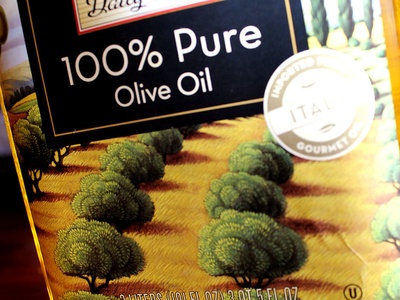
Olive
A cornerstone of Mediterranean life, olives from the nearby hills are pressed for prized oil or cured. The small, flavorful Cailletier olive is the signature variety of the Nice region.
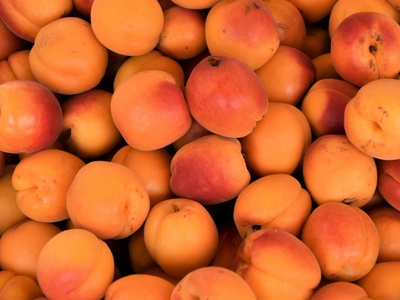
Apricot
These small, fragrant sun-kissed apricots are a summer highlight. They are perfect for eating fresh, making jams, or baking into traditional tarts found in local pâtisseries.

Peach
Juicy white and yellow peaches arrive in summer, bursting with flavor. They are a refreshing treat on their own and are often featured in light, seasonal desserts or fruit salads.

Cherry
Early summer brings sweet, dark cherries from the cooler inland areas. They are a fleeting seasonal delicacy, eagerly anticipated and sold by the basketful for snacking and clafoutis.
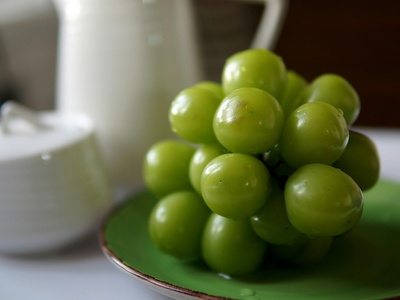
Muscat Grape
The intensely aromatic and sweet Muscat grape is a treasured table fruit of late summer. It’s enjoyed fresh and is a perfect accompaniment to a local cheese platter.

Strawberry
Riviera strawberries, particularly from Carros, are famous for their perfume and sweetness. They signal the arrival of spring and are a popular feature in market stalls and on dessert menus.
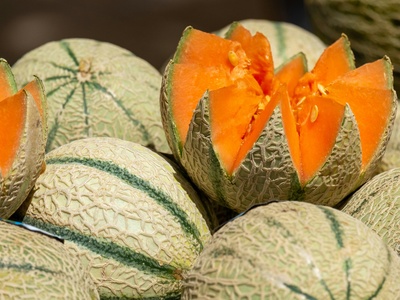
Melon
The fragrant Cavaillon-style melon is a symbol of summer in the South of France. Often served simply as a starter with cured ham, its sweet, juicy flesh is incredibly refreshing.

Persimmon
This vibrant orange fruit, known locally as Kaki, brightens the autumn landscape. Eaten when soft and ripe, its honey-like, jelly-textured flesh is a sweet taste of the changing seasons.
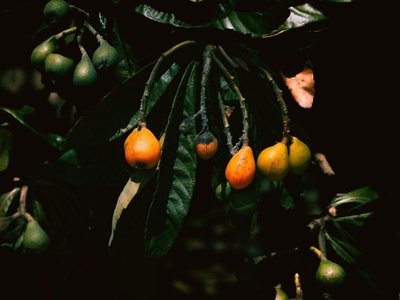
Loquat
Known as ‘Nèfle du Japon’, this is one of the first fruits of spring. The small, tangy, and sweet yellow fruits grow in clusters and are a refreshing, locally grown treat.
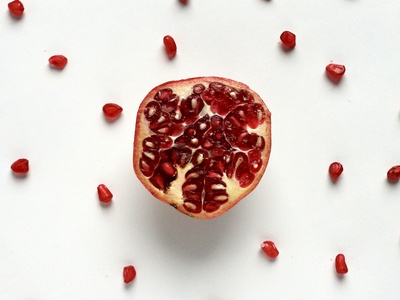
Pomegranate
The jewel-like seeds of the pomegranate are a common sight in autumn. Their sweet-tart juice and crunchy texture are used to liven up salads, desserts, and savory dishes.
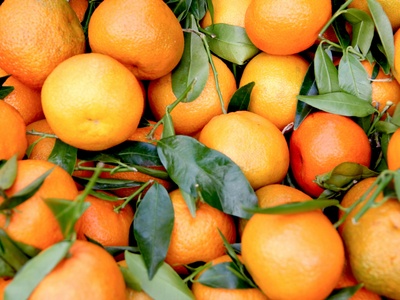
Clementine
These sweet, easy-to-peel citrus fruits are a winter staple on the Côte d’Azur. They are a healthy, portable snack and a bright taste of sunshine during the cooler months.
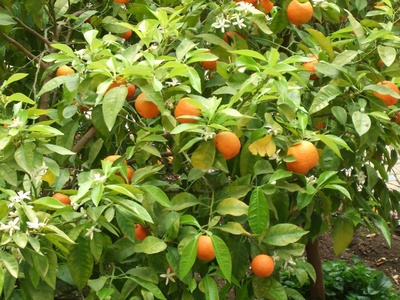
Bitter Orange
While not eaten raw, the aromatic Bigarade orange is essential to the region. It is used to make traditional marmalade, candied peel, and the classic ‘Vin d’Orange’ aperitif.
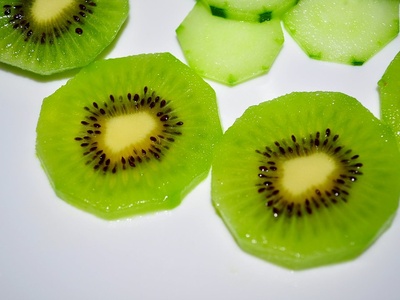
Kiwi
While unexpected, kiwis are cultivated successfully on the French Riviera. The locally grown fruits appear in winter markets, offering a zesty and vitamin-rich taste of the region.
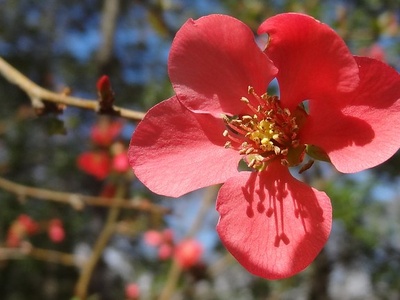
Quince
This ancient, fragrant fruit is too tart to eat raw but transforms when cooked. It’s used to make a traditional thick jelly (gelée) or a dense paste (pâte de coing) served with cheese.
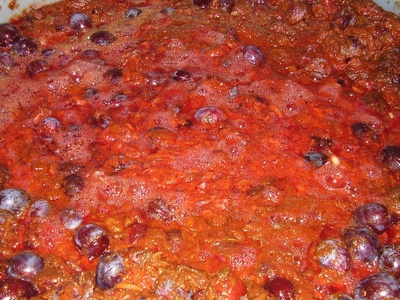
Plum
A variety of plums, including the sweet green Reine Claude, appear in late summer. They are fantastic for snacking, baking into tarts, or making into rich, flavorful preserves.
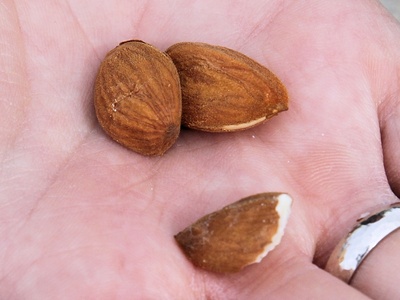
Almond
Fresh, green almonds are a unique spring and early summer delicacy, with a tender, milky kernel. Dried almonds are available year-round and are fundamental to local baking and confectionery.
